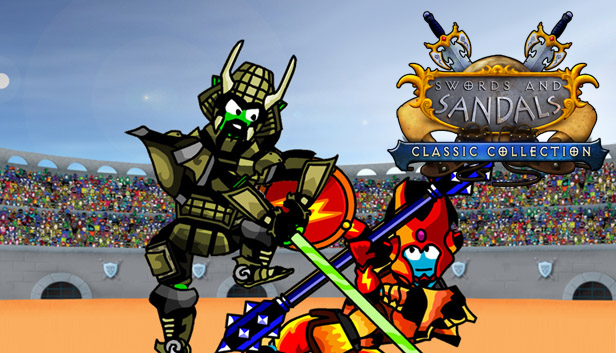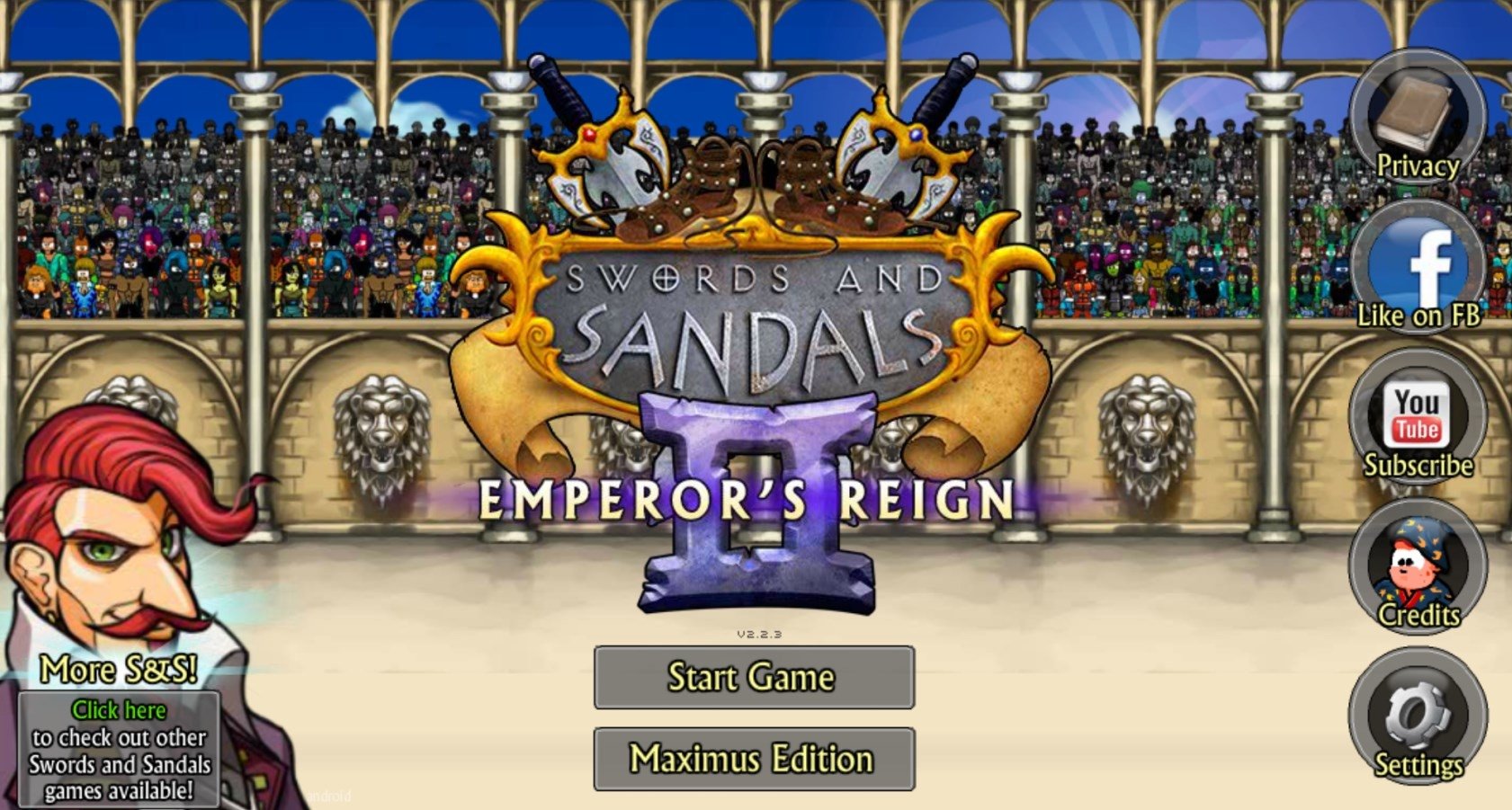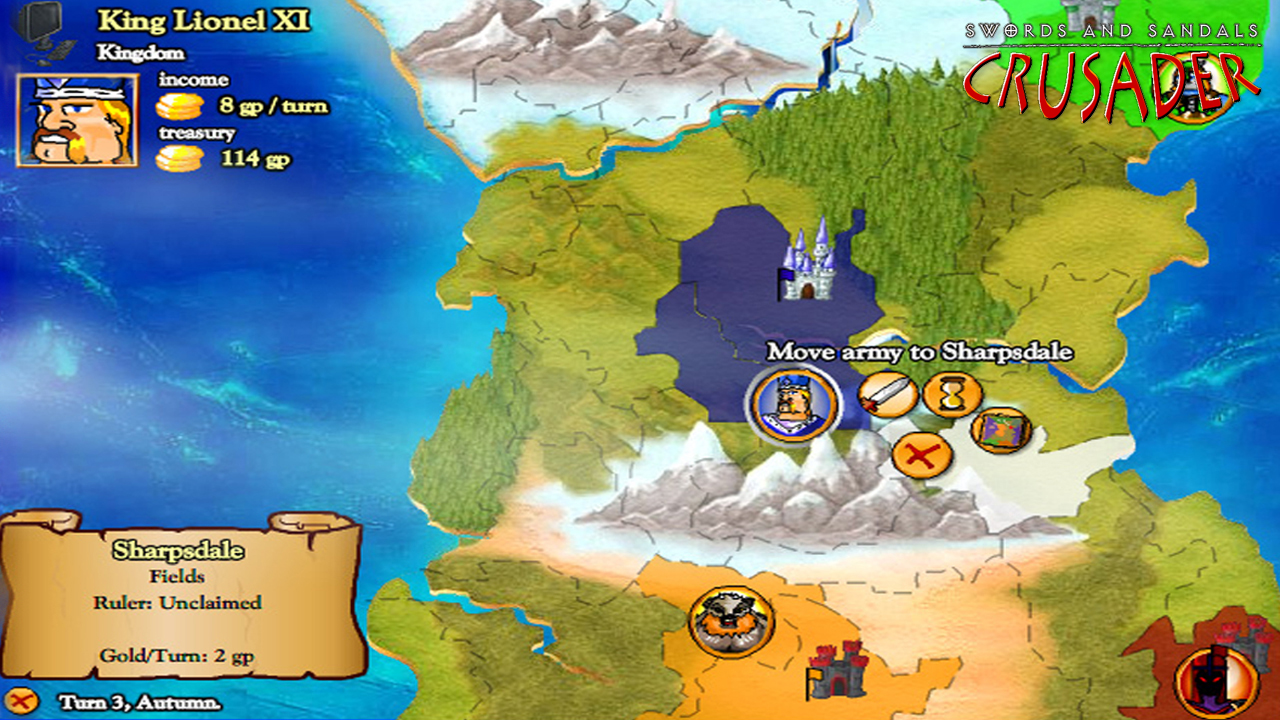
Thus, Maria Elena D'Amelio points out the hero's often political goal: "to restore a legitimate sovereign against an evil dictator." In addition, the plots typically involved two women vying for the affection of the bodybuilder hero: the good love interest (a damsel in distress needing rescue), and an evil femme fatale queen who sought to dominate the hero.Īlso, the films typically featured an ambitious ruler who would ascend the throne by murdering those who stood in his path, and often it was only the muscular hero who could depose him. Rather than lavish epics set in the classical world, they are low-budget films that focus on the hero's extraordinary body." Thus, most sword-and-sandal films featured a superhumanly strong man as the protagonist, such as Hercules, Samson, Goliath, Ursus or Italy's own popular folk hero Maciste. Gladiators and slaves rebelling against tyrannical rulers, pirates and swashbucklers were also popular subjects.Īs Robert Rushing defines it, peplum, "in its most stereotypical form, depicts muscle-bound heroes (professional bodybuilders, athletes, wrestlers, or brawny actors) in mythological antiquity, fighting fantastic monsters and saving scantily clad beauties. Many of the plots featured actual historical personalities such as Julius Caesar, Cleopatra, and Hannibal, although great liberties were taken with the storylines. Not all of the films were fantasy-based by any means. Sword-and-sandal films are a specific class of Italian adventure films that have subjects set in Biblical or classical antiquity, often with plots based more or less loosely on Greco-Roman history or the other contemporary cultures of the time, such as the Egyptians, Assyrians, and Etruscans, as well as medieval times. 3.7 Steve Reeves pepla (in chronological order of production).3.6 The Sons of Hercules (TV syndication package).3 The main sword-and-sandal period (1958-1965).2.3 Italian fascist and post-war historical epics (1937-1956).2 Precursors of the sword-and-sandal wave (pre-1958).Italian epic films set in antiquity that were produced before the 1958 peplum wave proper, such as Fabiola (1949) and Ulysses (1954), have been called proto-peplum, and recent films set in such Greco-Roman times (made after the peplum wave ended in 1965) have been called neo-peplum. A 100-minute documentary on the history of Italy's peplum genre was produced and directed by Antonio Avati in 1977 entitled Kolossal: i magnifici Maciste (aka Kino Kolossal).

In their English versions, peplum films can be immediately differentiated from their Hollywood counterparts by their use of "clumsy and inadequate" English language dubbing. Later, the terms were embraced by fans of the films, similar to the terms "spaghetti Western" or "shoot-'em-ups". The terms " peplum" and "sword-and-sandal" were used in a condescending way by film critics.

The term "peplum" (a Latin word referring to the Ancient Greek garment peplos), was introduced by French film critics in the 1960s. These films dominated the Italian film industry from 1958 to 1965, eventually being replaced in 1965 by spaghetti Western and Eurospy films.

These films attempted to emulate the big-budget Hollywood historical epics of the time, such as Ben-Hur, Cleopatra, Quo Vadis, The Robe, Spartacus, Samson and Delilah and The Ten Commandments.

Sword-and-sandal, also known as peplum ( pepla plural), is a subgenre of largely Italian-made historical, mythological, or Biblical epics mostly set in the Greco-Roman or medieval period. This poster for Goliath and the Barbarians illustrates many people's expectations from films of this genre


 0 kommentar(er)
0 kommentar(er)
